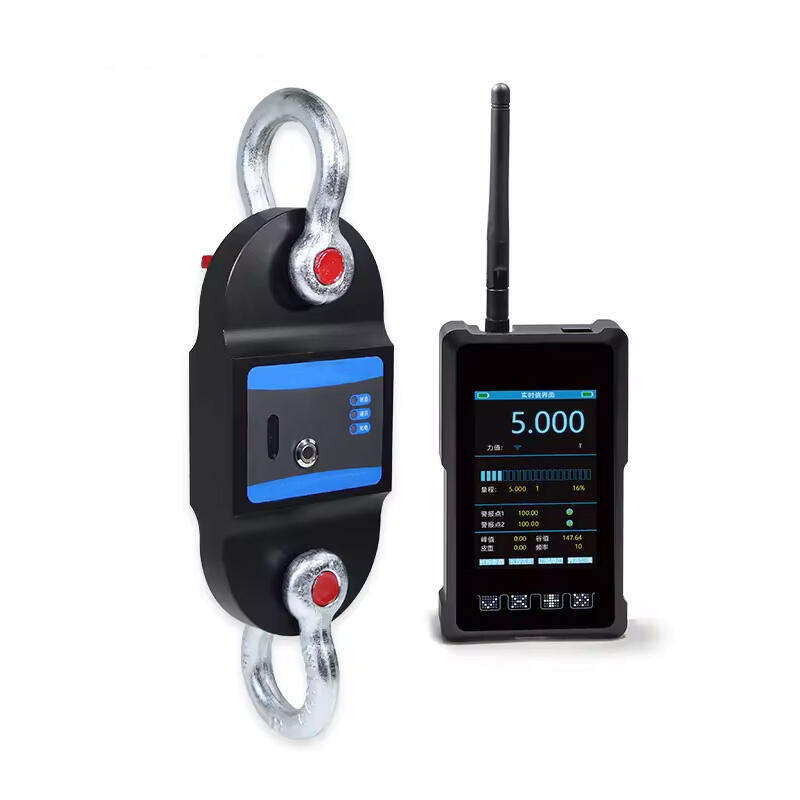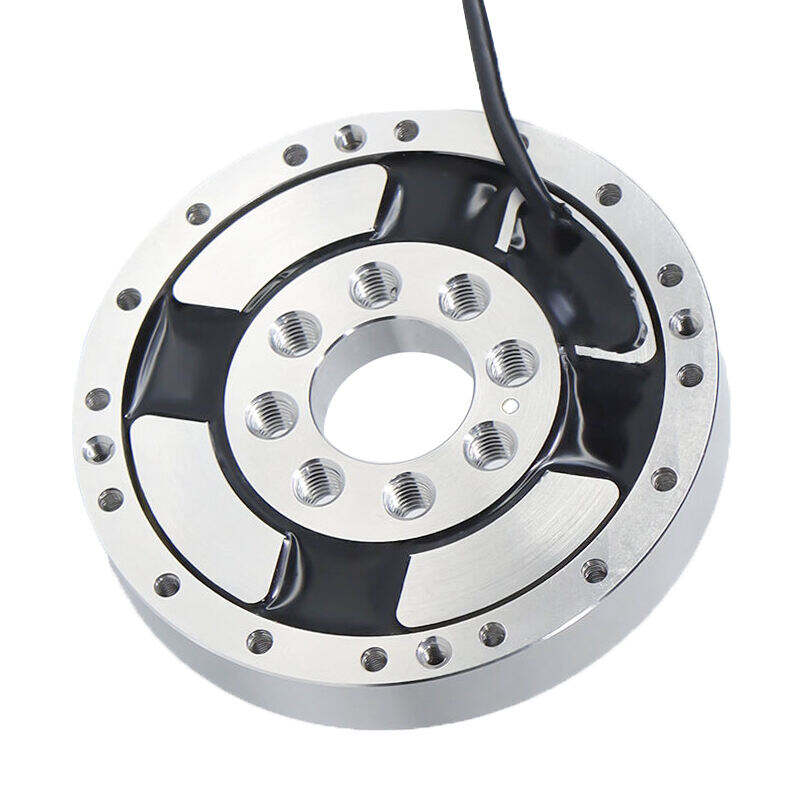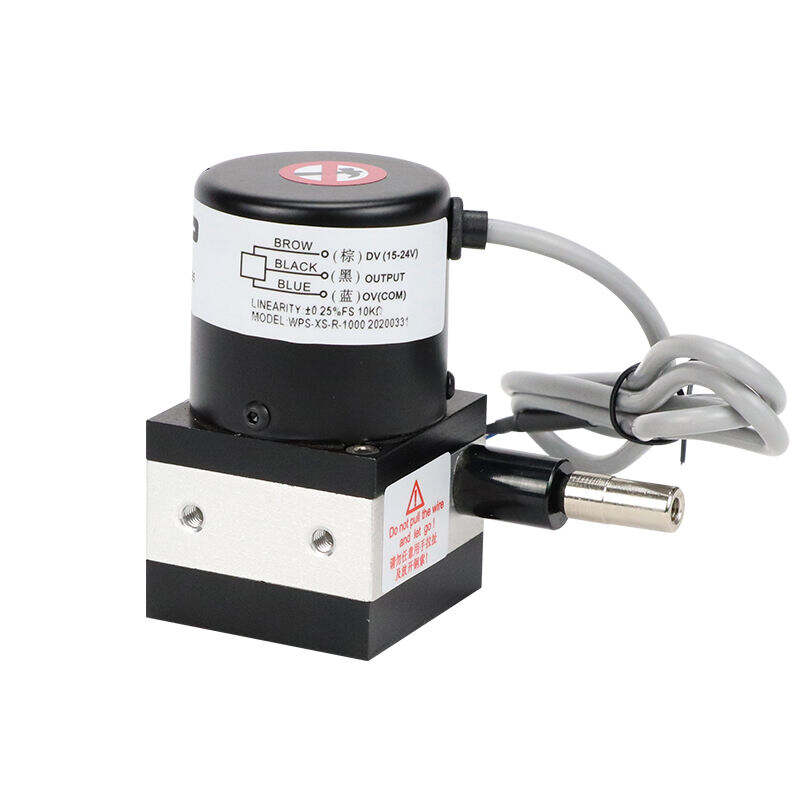Compression type load cell
A Compression type load cell is a sophisticated force measurement device engineered to precisely measure and convert compressive forces into electrical signals. These robust sensors operate on the principle of strain gauge technology, where applied force causes minute deformations in the cell's elastic element. The cell's internal strain gauges, typically arranged in a Wheatstone bridge configuration, detect these deformations and transform them into measurable electrical outputs. Modern compression load cells are manufactured from high-grade materials such as alloy steel or stainless steel, ensuring durability and long-term measurement stability. They are specifically designed to handle vertical forces and are characterized by their exceptional accuracy, typically achieving precision levels of 0.03% to 0.25% of full scale. These devices are extensively used in industrial weighing applications, ranging from small capacity needs of a few pounds to massive installations capable of measuring hundreds of tons. Their versatile design makes them ideal for integration into various systems, including platform scales, silo weighing systems, and industrial process control equipment. The cells feature environmental protection ratings suitable for diverse operating conditions, with many models offering IP66 or IP68 ratings for resistance against dust and water ingress.


